
Change begins small. One word, one idea, one conversation can lead to a change in the course of humankind.

Change begins small. One word, one idea, one conversation can lead to a change in the course of humankind.

Earlier this month, per annual tradition, the D&AD New Blood Awards spotlit the best of the best in student creative marketing pitches, aw

Few fields of activity have the power to bridge social and cultural divides like sport does. For players and fans alike, sport fosters passion, bonding, and general positivity. In addition to being healthy for you, participating in sport can be inspiring, filling you with confidence in the idea that, working as a team, anything is possible. This mentality is key if we’re to successfully take on the global climate crisis, which is why we at Connect4Climate have long recognized the value of #Sport4Climate in spreading messages of sustainability and hope for a greener future.
Often, it takes an innovative newcomer to reshape an industry, and that’s just what our partners at Fireball Extreme Challenge (FXC) are looking to do for international sport. Built from the ground up on the values of inclusivity, camaraderie, nonviolence and sustainability, FXC aims to capture the best sport can offer and bring it to as wide an audience as possible. Founded in 1994 by Max Bartoli and Roberto Ciccoli, FXC has blossomed from a training regimen into a full sport in its own right. From 2017 to the present, thousands of international athletes have formally registered to be a part of FXC, and four tournaments have been held in Italy and Mexico. Plans are in place to expand on the sport’s current reach across Europe and South America and push deeper into Asia and the Middle East as well. The accessibility of the game means people everywhere are eager to learn.
"We will participate in cleaning public places, in planting trees, and several other things, not only involving a sustainable lifestyle, but to support society." —Jaime Gotoo (filmed before COVID-19)
What exactly is FXC? At its core, it’s simple. All you need to play is two teams, a spherical ball, and a rectangular surface to play on. Tournament matches use a 22x14m court, but the beauty of FXC is that you can really play anywhere—a park, your backyard, wherever you like. This opens it up to people of all socioeconomic strata and geographical regions and minimizes its carbon footprint. The game’s core tenets are constant motion and teamwork: you must pass the ball to a teammate every 2 seconds to maintain possession for your team, so constant coordination is a necessity and showboating is off the table.
From its inception, FXC has prided itself on gender inclusivity. It is enshrined in the rules that all teams must be coed, and the nature of the game demands constant, respectful cooperation across gender lines. This sets it apart from essentially all existing professional athletics (save for niche events like mixed-doubles tennis or ice dancing) and promotes a culture of gender equality. Coed play coupled with an openness to players of all body types means FXC can be a unifying force for families and communities. Racial and cultural diversity are also encouraged. And FXC’s emphasis on movement and passing allows it to be completely nonviolent—a bit of accidental physical contact is fine, but deliberate aggression towards other players is not tolerated at any level.
"I invite my fellow athletes and the general public to join in these small efforts every day in order to have our home, our planet Earth, in optimal condition." —Ilse Denisse Zarate Cervantes
Beyond respecting people, FXC has taken care at every step to respect the planet. “There’s practically zero impact on the environment,” Bartoli explains. “You just need a ball.” And what little equipment there is was designed with sustainability in mind. All official FXC balls are made using recyclable plastics, and regulation courts are 95% recyclable in their materials. FXC is looking to expand its commitment to sustainability into the realm of sportswear as well.
FXC matches were put on hold amid the COVID-19 outbreak but recently resumed with a full suite of safety measures in place to protect both athletes and officials. Goggles, facemasks, and gloves are required on the court at all times. Referees and coaches wear full faceplates. Players entering and exiting the court must sanitize their hands, and the game ball is regularly disinfected as well. Regulation matches do not proceed unless each team has a medical professional supervising their operations. Across the board, FXC is taking COVID seriously and prioritizing the safety of all involved.
As we push beyond COVID and begin the process of sustainable recovery, Fireball Extreme Challenge offers a prime example of how sport can bring people together around issues like climate change, stoking their passion and impressing upon them the amazing power of all-inclusive teamwork in pursuit of a common goal. “We’re using sports to bridge conflicts in line with the UN’s strategy,” Bartoli says. “And we’re making it accessible to everybody.”
Connect4Climate believes in the power of Film, Sports, Fashion and Music to connect people and catalyze a climate movement with Youth at the center.
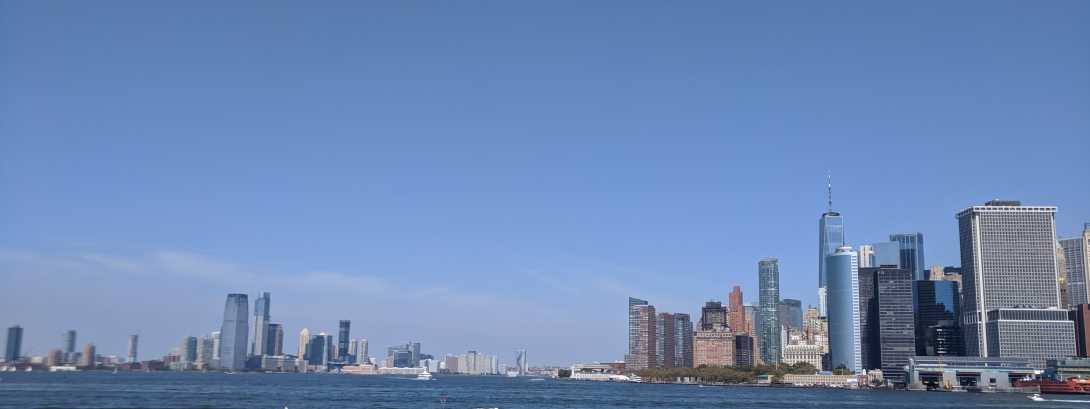
I attended the UN Youth Climate Change Summit with zero experience in climate science, policy, or activism. Just a film student with an extensive background in film literature and some in communication studies, I nervously entered the UN Trusteeship Council with my DSLR and scattered thoughts about current events. While I did not know everything about the ozone or greenhouse gasses that a scientist or environmentalist would, I’ve always been conscious about climate change. Noticing the fluctuation in weather patterns and reading up on the melting of polar ice caps made me fear what the future might bring. Prior to this summit, I thought climate change was a problem too big to solve. However, this experience taught me otherwise. In fact, it inspired me.
For an entire day, I was surrounded by people of all different ages, nationalities, and backgrounds who had come together to tackle one of the biggest issues in our society. Once the first panel started, I was shocked to see how many students, some even younger than me, were engaging in conversations about an issue that many adults in America believe to be a hoax. With students like Greta Thunberg and Bruno Rodriguez discussing the state of our environment with such passion and expertise, I will dispute anyone who tells me today’s youth are “lazy” or “don’t know what they’re talking about.”
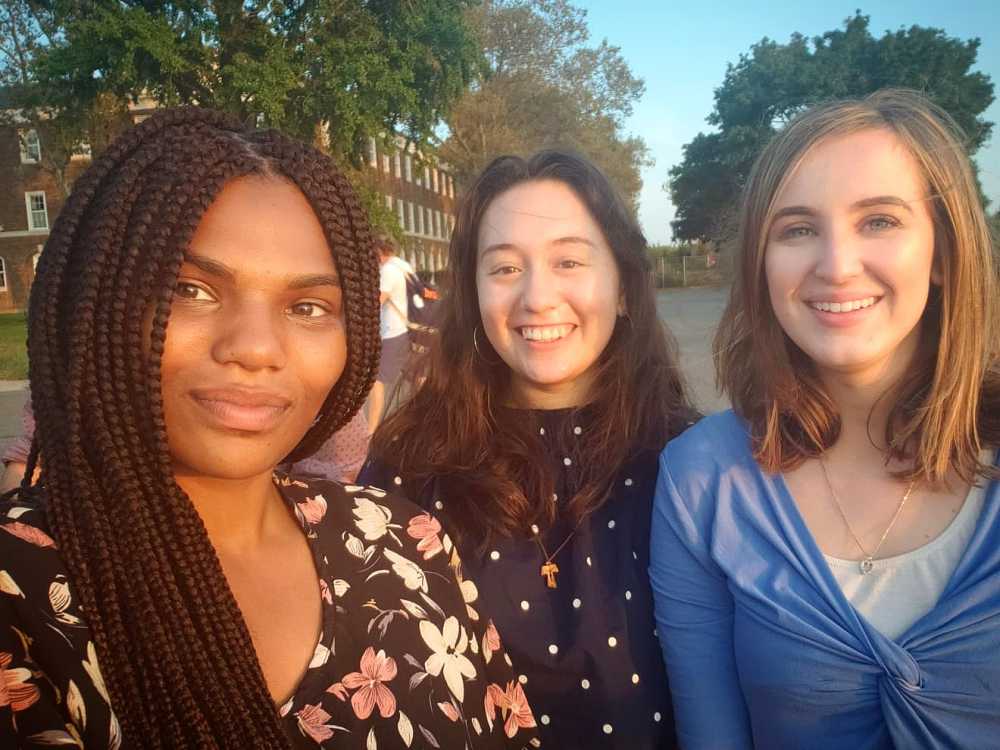
Panel after panel, I was introduced to eye-opening information on how individuals, communities, companies, and others can mitigate the effects of climate change through sustainability-minded projects, products, and practices. These events not only introduced me to a variety of solutions but also taught me how climate change is intersectional—how its impacts permeate through other issues. Finding solutions to climate change is about more than just improving the environment; we need to consider how it affects the economy, how it affects race and social class, how it impacts minority groups and even gender politics.
A favorite panel of mine was in the afternoon, titled, “A Race We Must Win: Sprinting Together to 2020.” During this session, a panel of Olympians and other elite athletes banded together to discuss how the effects of climate change directly impact the future of sports, thus connecting the issue to everyday life.
The panel opened with marathon champion Joan Benoit Samuelson stating that climate change affects our workouts and overall health. Across frequent visits to the Gulf of Maine, she had noted rising waters, changes in species, warmer temperatures, and even an increase in the intensity of the sun’s UV rays. While exercising outdoors has its health benefits, Samuelson concluded that “if we want to have a healthy body, we need to have a healthy environment.” The panel continued with further anecdotes from American snowboarder Chloe Kim, Tongan taekwondo practitioner Pita Taufatofua, American sabre fencer Ibtihaj Muhammad, American professional skateboarder Eric Koston, and British competitive sailor Hannah Mills. While all the athletes came from different backgrounds and experiences, they unanimously agreed their love for sports motivated them to advocate for the environment. Ibtihaj expressed the connection best by simply saying, “I care about climate change. I know it affects each of us in detrimental ways... and the bottom line is, if there is no planet, there is no sport.”
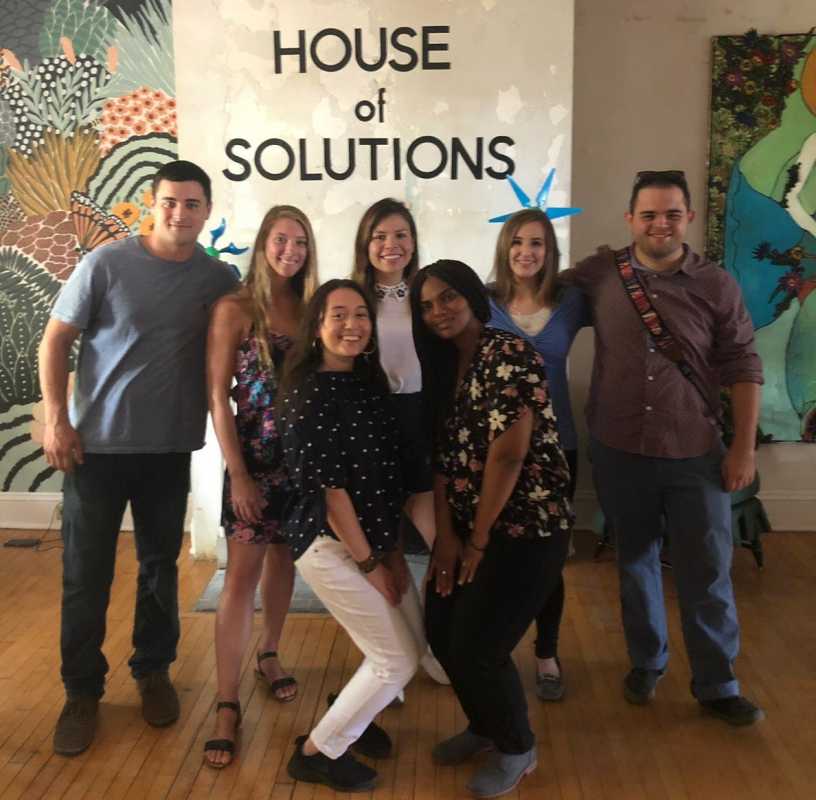
I appreciated this panel as the speakers spoke from the perspectives of conscientious everyday people. These athletes might not have an extensive background in the sciences, but their careers (like all careers, honestly) rely on the environment. The personal stories they shared helped me realize that caring for the planet is not a choice. Climate change is an issue that affects us all, no matter what we do or where we live. With this in mind, it is mandatory that we step up as a society and take action from the ground up, starting at the individual level and working our way up to institutions.
Besides the thought-provoking speeches and presentations on different aspects of climate change, what truly took me by surprise was the abundance of solutions available to handle this issue. Most of what I hear on climate change is news about its never-ending problems shared via social media. Every time I scroll through Instagram or watch story posts from friends, there are posts designed to raise awareness about various social issues—but that awareness is usually negative. We use social media as a tool to get a problem across to other communities, but how often do we let people know what they can do to fix it? This is what the UN Foundation’s Communications Officer, Chandler Green, discussed in her two minutes in front of the Trusteeship Council. She expressed that, in terms of statistics, we only see solutions in media 13% of the time. This number shocked me, but it also made a lot of sense.
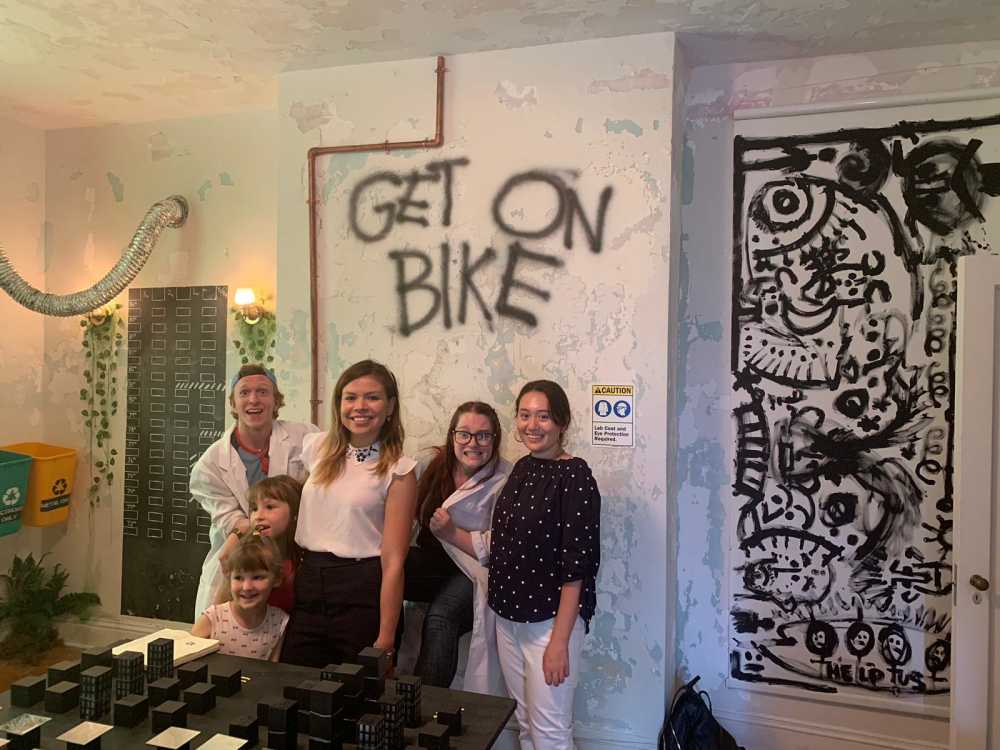
Given that statistic, I understood why climate change seemed so intimidating and hopeless at first. Furthermore, I understood why many other people believe the world is going to fall apart due to the impacts of climate change—they simply aren’t aware of what can be done. And thus, in my role as a social media contributor for Connect4Climate’s #YouthTakeover, I realized that social media is more than a tool to get a point across. Why add yet another negative post about the problem to the Instagram feed when you could instead create a photoset illustrating how one can make their daily life more sustainable? As Chandler Green asserted, “nothing can be accomplished without passion.” Anyone can tackle climate change if they have the hope and commitment to act.
Fighting against climate change is only an impossible feat if you take it as such. While we cannot undo what has already been done, we can be proactive and move forward with bold new strategies. And with the help of social media, if we give people content and information, they can reciprocate with action. Imagine then the beneficial outcomes we can reap for our environment and our society in the years to come.
Banner image courtesy of Jessica Schlimmer. First photo in article courtesy of Maria-Isabelle Parada; remaining two by the Connect4Climate #YouthTakeover team.
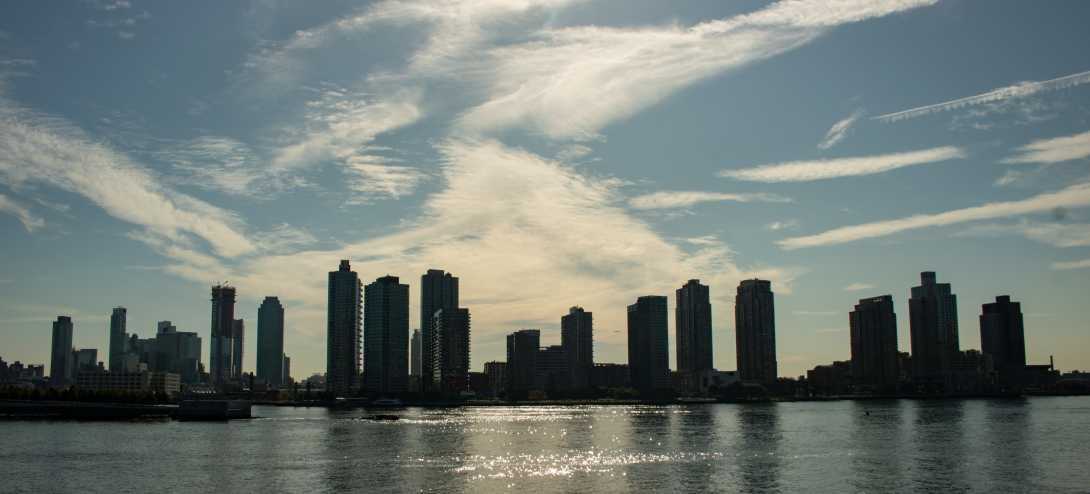
New York, NY - When I arrived at the United Nations, I felt at home; I entered with my Colombian passport and it was natural to be from somewhere other than the United States. My accent was well received and I learned that Spanish is one of the five official languages of the United Nations.
I was at the first-ever Youth Climate Summit as part of the Connect4Climate #YouthTakeover team. My background has nothing to do with the environment, climate, or global warming. I am not involved in any kind of activist program fighting climate change. And yet, I felt like I belonged.
The summit purposely focused on the actions everyone can take to fight climate change. I had always thought one needed to be an activist, politician, scientist or someone like that to fight against or talk about climate change. The summit taught me that everyone has a part to play.
Whether your passion is sports, fashion, culinary arts, technology or business, whether you study film or are a social media influencer, you can take action to fight climate change through your individual interests and unique career path.
My passion is sports, so I was thrilled to learn how the sports community can help combat climate change. Danni Washington, moderator of the SDG Media Zone and the first African-American woman to host an American Science TV Show, told me about the different ways fans, sporting events committees, and athletes can contribute to climate action.
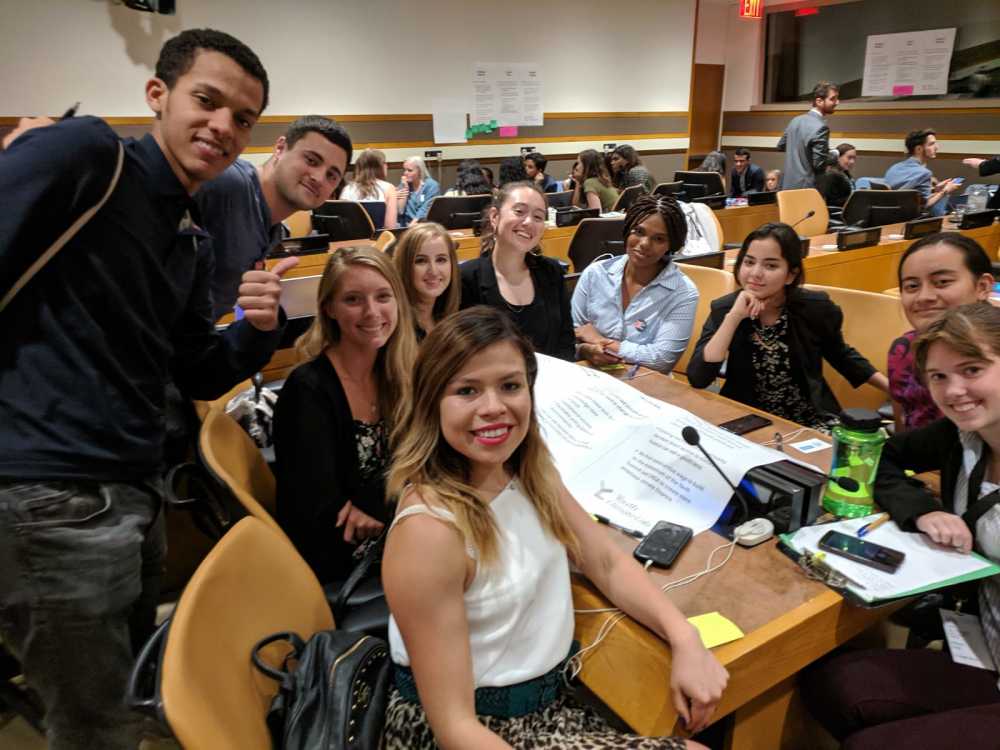
Athletes have a lot of influence among their fans. “There are so many fans around the world from so many sports. [Athletes] can use their platform to educate people and help them understand what climate change is really about,” Washington said. “They can give the general public the resources, the information, and the tools they need to make better decisions for our world.”
Hannah Mills, a two-time Olympic sailing champion, is using her platform to take climate action and influence other athletes, fans and sport-lovers to do the same. Mills shared at the summit her campaign “Big Plastic Pledge,” which calls on fans and athletes to get involved by making at least three pledges of a possible nine listed on the campaign website. She is on a mission to eliminate plastic from stadiums and sporting events.
I had already pledged to use my own water bottle and to say no to single-use plastic shopping bags. It’s better to make small and imperfect changes than to take no action at all.
I practice CrossFit and know that other athletes change their diets according to their individual goals, sometimes by adding more carbs or by drinking more water. If we athletes can change our exercise regimens and diets to perform and look better, we can make small and consistent shifts in our lifestyle to help our planet.
“Our planet is going through different changes because of our behavior and it’s time that we humans recognize our role in the planet and do something to fix it,” Washington told me.
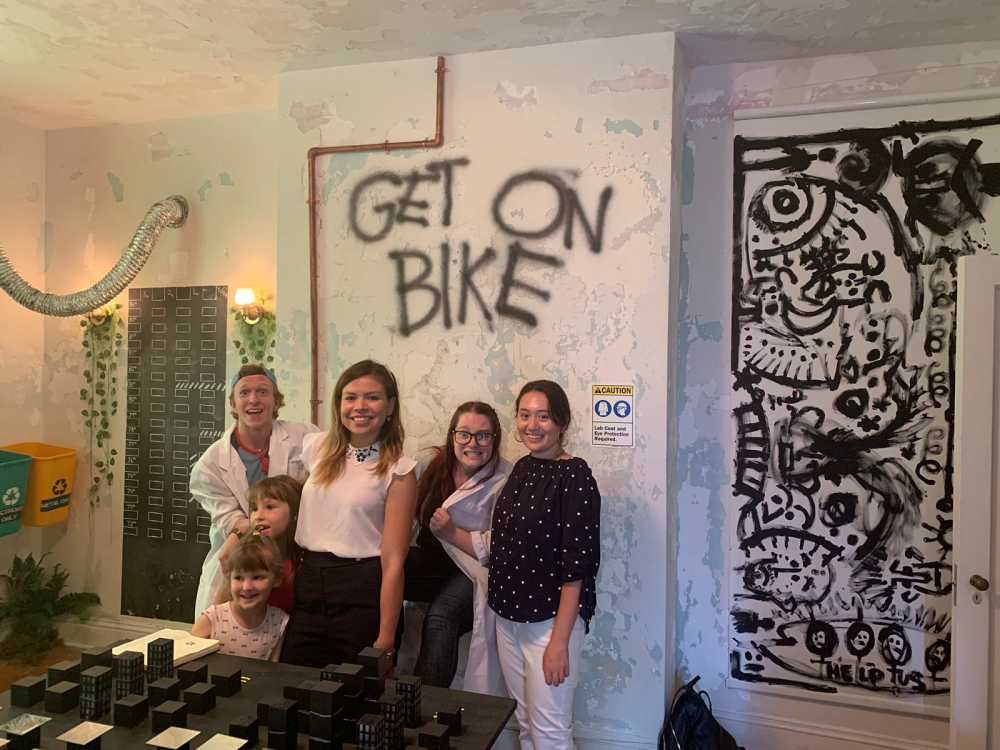
My role as a sportsperson and journalist is to hold those sports committees and athletes who have pledged to help the environment accountable to their commitments and to keep reporting on how the sports community can contribute to solving this issue that affects all of us.
During one panel at the SDG Media Zone, two models from my native Colombia, Toya Montoya and Laura Tobon, spoke about the actions they are taking within the fashion industry. Montoya said, “A year ago, I stopped working with companies who are not environmentally friendly.” Tobon admitted to being a shopaholic but said she has learned not to buy clothes unnecessarily.
Living in this social media era, I used to think I could never post a picture with the same outfit twice. This way of thinking led me to buy a new outfit every time I had an event. Montoya and Tobon expressed this concern themselves but explained that they now mix and match their outfits, buying fewer clothes and only buying from sustainable brands.
At the end of the summit, representatives from the food industry showed us healthy recipes. By buying from local markets and by eating less meat we can reduce our carbon footprint.
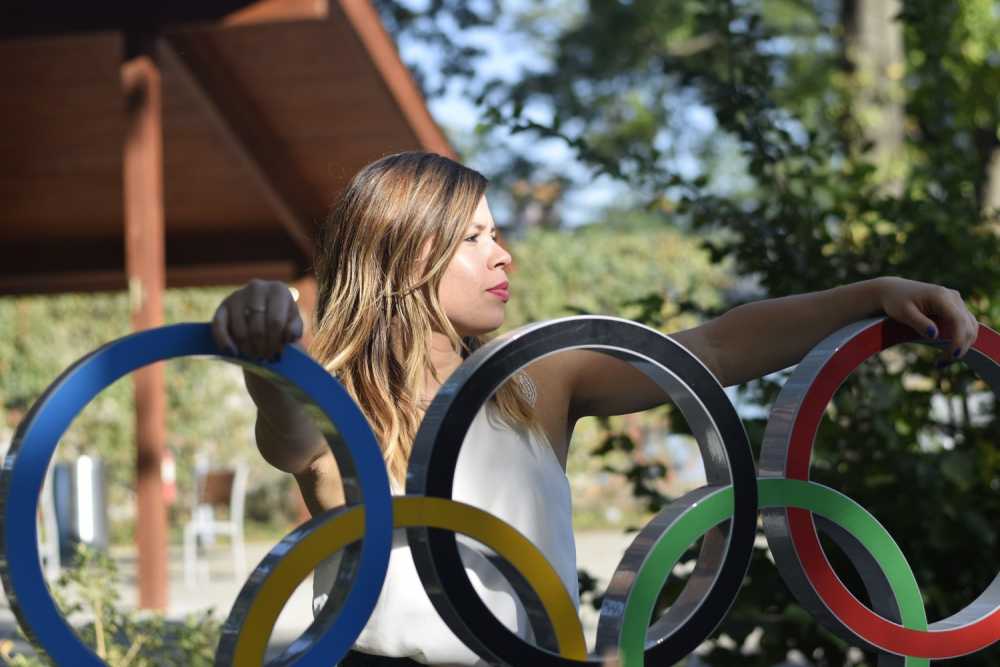
Sustainability is about making small changes in our lifestyle because we need the earth as much as the earth needs us. As Olympic sabre fencing medalist Ibtihaj Mohammed said, “If there is no planet, there are no sports.” I never saw it that way but it’s true. If we do not have snow, most winter sports will be gone. If global warming continues, summer sports will suffer: athletes will have to hydrate more and take more breaks and supporters won’t have a pleasant time watching live events at stadiums.
The Youth Climate Action Summit helped me understand what it means to take action on climate. Now I am more conscious of the food I consume, the clothes I buy, the plastic I use and I am trying to educate others around me about the actions they can take.
As a team, we should take care of the environment the same way we take care of our bodies. Working together, we can achieve sustainable development worldwide!
Banner image courtesy of Evan Bradley. Remaining photos courtesy of the Connect4Climate #YouthTakeover team.
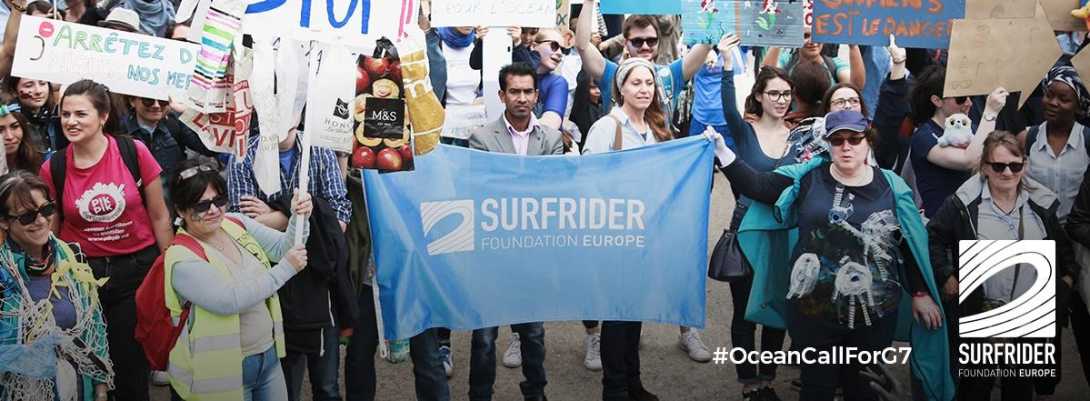
Each year, the G7 summit brings international leaders together to discuss world affairs and identify potential solutions to pressing global issues.

At an elite Formula E auto race, sleek, slate-of-the-art vehicles dart between one another with dizzying speed and style while thousands of fans look on. The atmosphere is electric—and so are the cars. Presented by the Fédération Internationale de l'Automobile (FIA), the Formula E racing circuit does away with the fuel-guzzling vehicles of Formula 1 without sacrificing any of the associated thrills, demonstrating in major cities worldwide that electric cars represent a bright future for the auto industry.
As Formula E's most decorated driver, Lucas di Grassi, articulated at an "E-Prix" last year in Santiago, Chile, the proliferation of electric cars is a trend that benefits everyone, even setting aside its obvious benefits for the planet we all share. The cars of the future, he said, will be electric not merely because of environmentalism, but "because they will be cheaper to operate, they will be faster, and they will be more exciting."
This Friday and Saturday, Rome, Italy will play host to an E-Prix in which drivers will fly through tight, historic streets in their quest for a place on the podium. The main races will unfold on Saturday, with Friday reserved for diverse events in the spirit of outreach and education on electric cars and urban sustainability more broadly. These events represent the latest in the FIA's Smart Cities Forums program, which has gone hand in hand with global Formula E events for three years running.

Presided over by FIA president Jean Todt, the Friday festivities will include keynote speeches on the topics "How are Cities Preparing for the Urban Revolution?" and "New Mobility Services Transforming Cities," as well as a group presentation on "Policies for the Cities of the Future" and panel talks addressing the balance between old and modern modes of mobility and the importance of urban innovation. Representatives of Formula E racing will also address the crowd, walking those gathered through the advanced tech under the hood and emphasizing what it could mean for their city down the line.
Seven lucky students from Rome's own Link Campus University will team up with visiting students from France's multinational Sciences Po college to interview the speakers and racers directly on issues of urban sustainability, guided through their unique experience by Prof. Carlo Maria Medaglia, Link Campus's director of innovation. These students will be representating thousands of young pioneers in the field of urban sustainability, who are every day paving the way for a greener future across the globe.
As Alejandro Agag, CEO of Formula E Holdings, is quick to point out, Formula E racecars are a major help in catalyzing the transition to electric vehicles, the development of bold new technologies, and the reduction of harmful urban pollution. "Sport can show these cars going fast, aggressive—fun—changing the perception of these cars," he says, "and at the same time becoming a platform to improve the technology of electric cars through competition."

The sports sector and UN Climate Change have officially launched the Sports for Climate Action Framework to rally sports organizations, teams, athletes, and fans in a concerted effort to raise climate awareness and inspire action to meet the goals of the Paris Agreement.
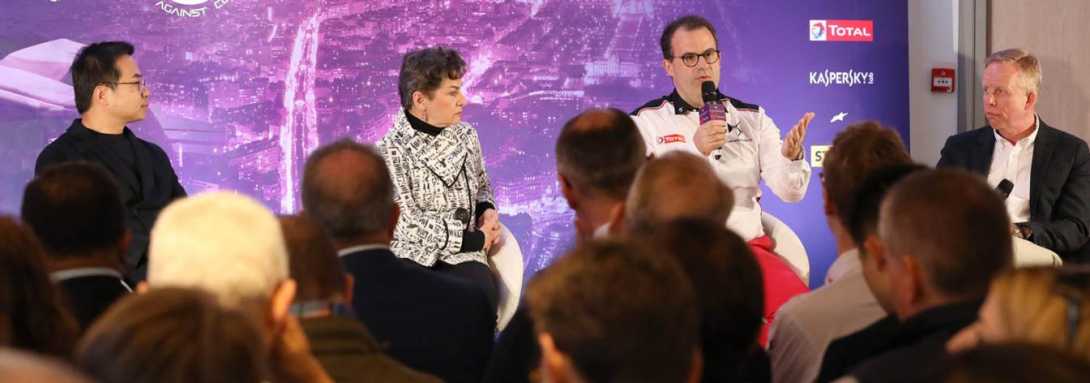
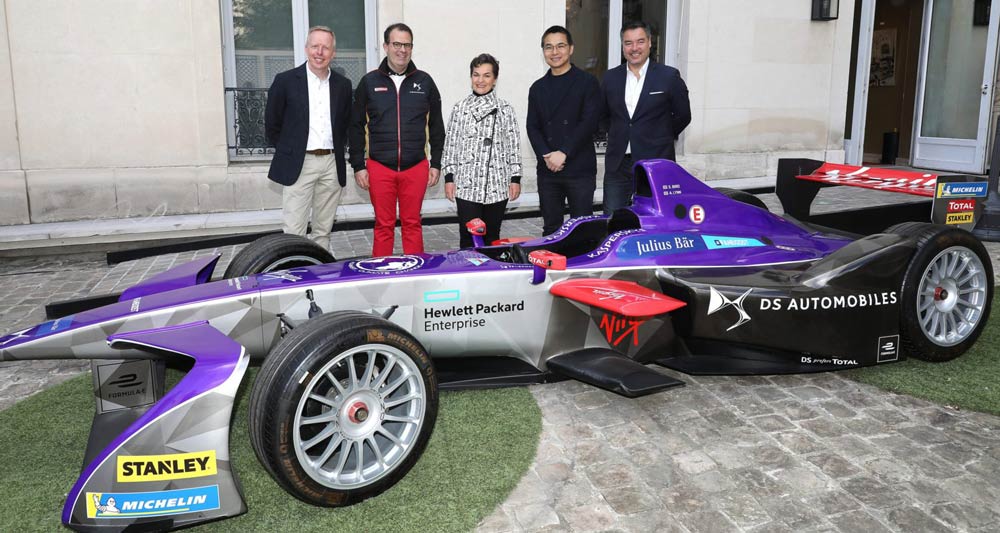



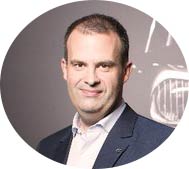

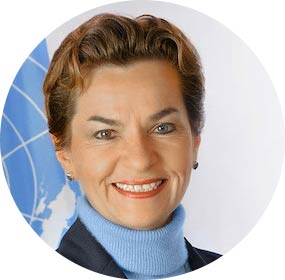

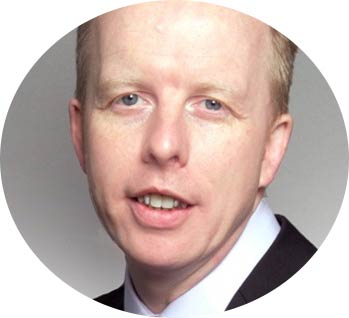
Hosted by the World Bank Group and supported by Italy’s Ministry of the Environment and Energy Security and Germany’s Federal Ministry for Economic Cooperation and Development, Connect4Climate (C4C) is a global partnership for a livable planet that connects, creates, and communicates to build long-lasting change for future generations.